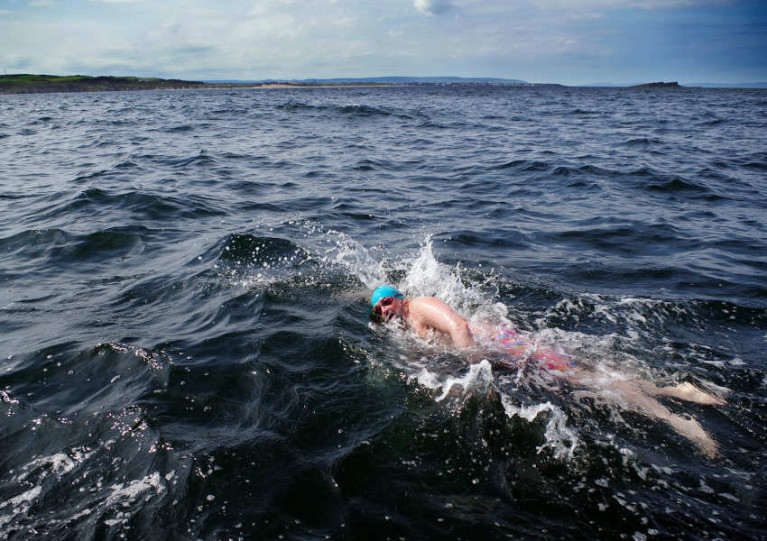Displaying items by tag: Giant’s Causeway
Northern Ireland Swimmers First To Cross Challenging Sea Route From Scotland To Giant’s Causeway
Members of an open sea swimming team have become the first to complete a challenging route between Scotland and the Giant’s Causeway, as the Greenock Telegraph reports.
The Oa Giants set out from Islay last Saturday 8 August and crossed the Oa Channel by relay, reaching Northern Ireland’s North Coast on Sunday 9 August with a final time of 16 hours and 57 minutes.
Comprising Keith Garry, Dominic Mudge, Bill Donnelly, Chris Judge, Colin Lindsay and John McElroy, the team were already record-breakers heading into their challenge.
That was after setting a time of nine hours, two minutes and 41 seconds across the North Channel between the Gobbins and Portpatrick as a practice swim the previous weekend.
And their achievements all the more impressive knowing that the youngest of the group, Chris Judge, is 38 years old.
Judge also told of the “real mental battle” posed by the difficult north-south Oa Channel crossing, not least contending with the potentially lethal stings of lion’s mane jellyfish.
The Greenock Telegraph has more on the story HERE.
























































